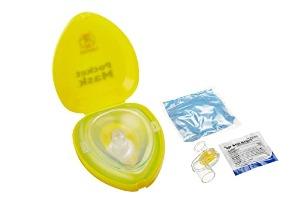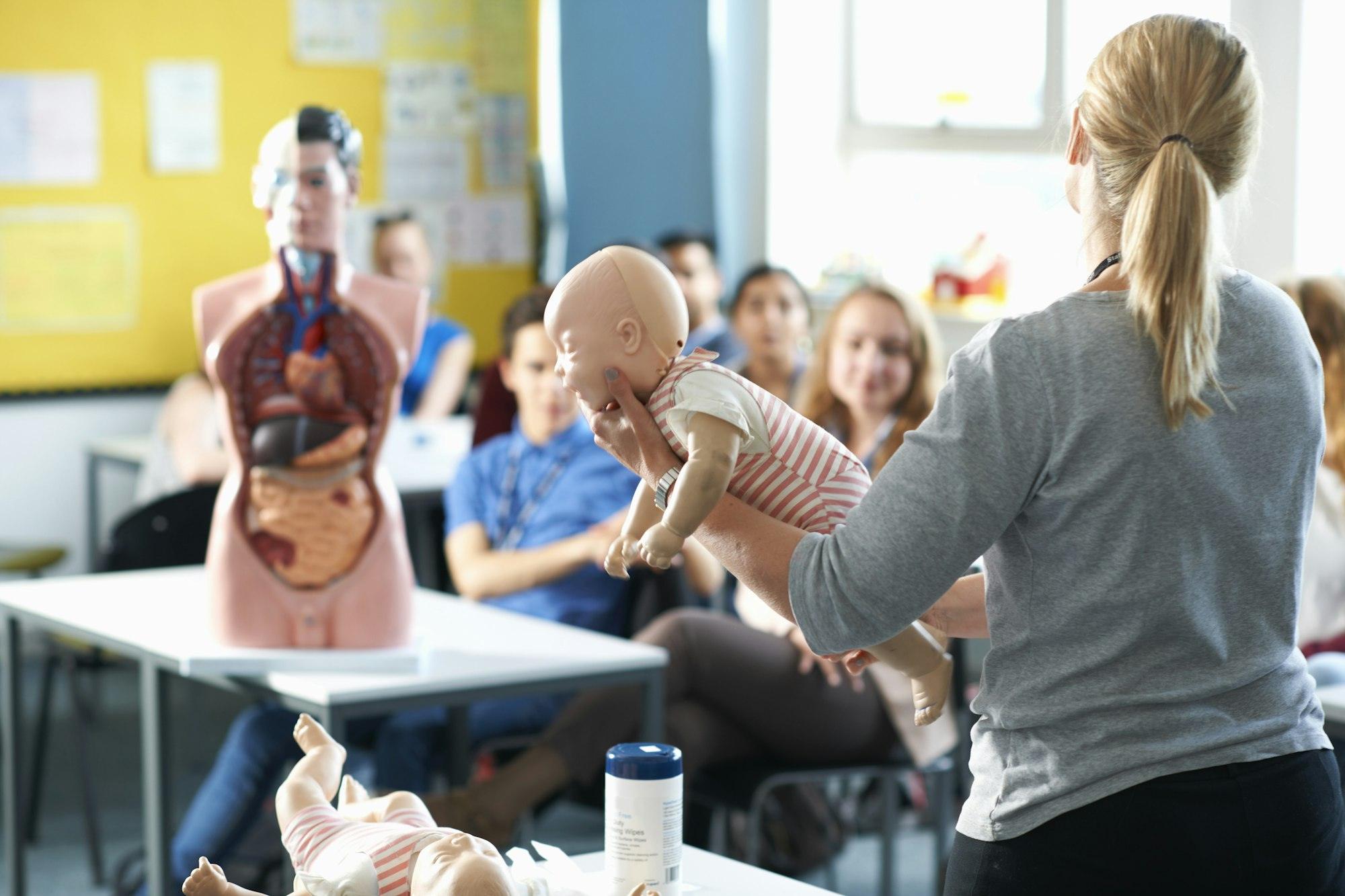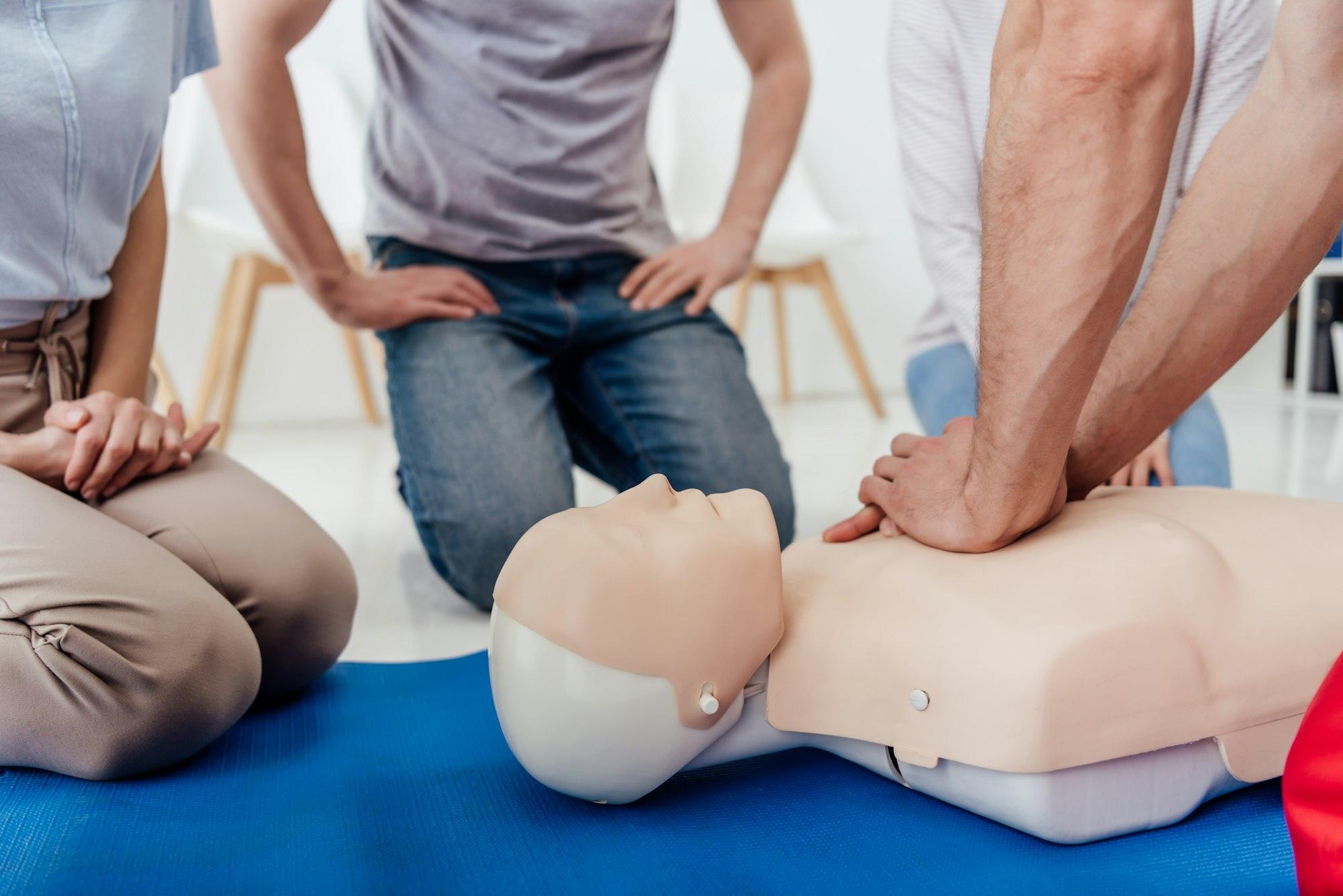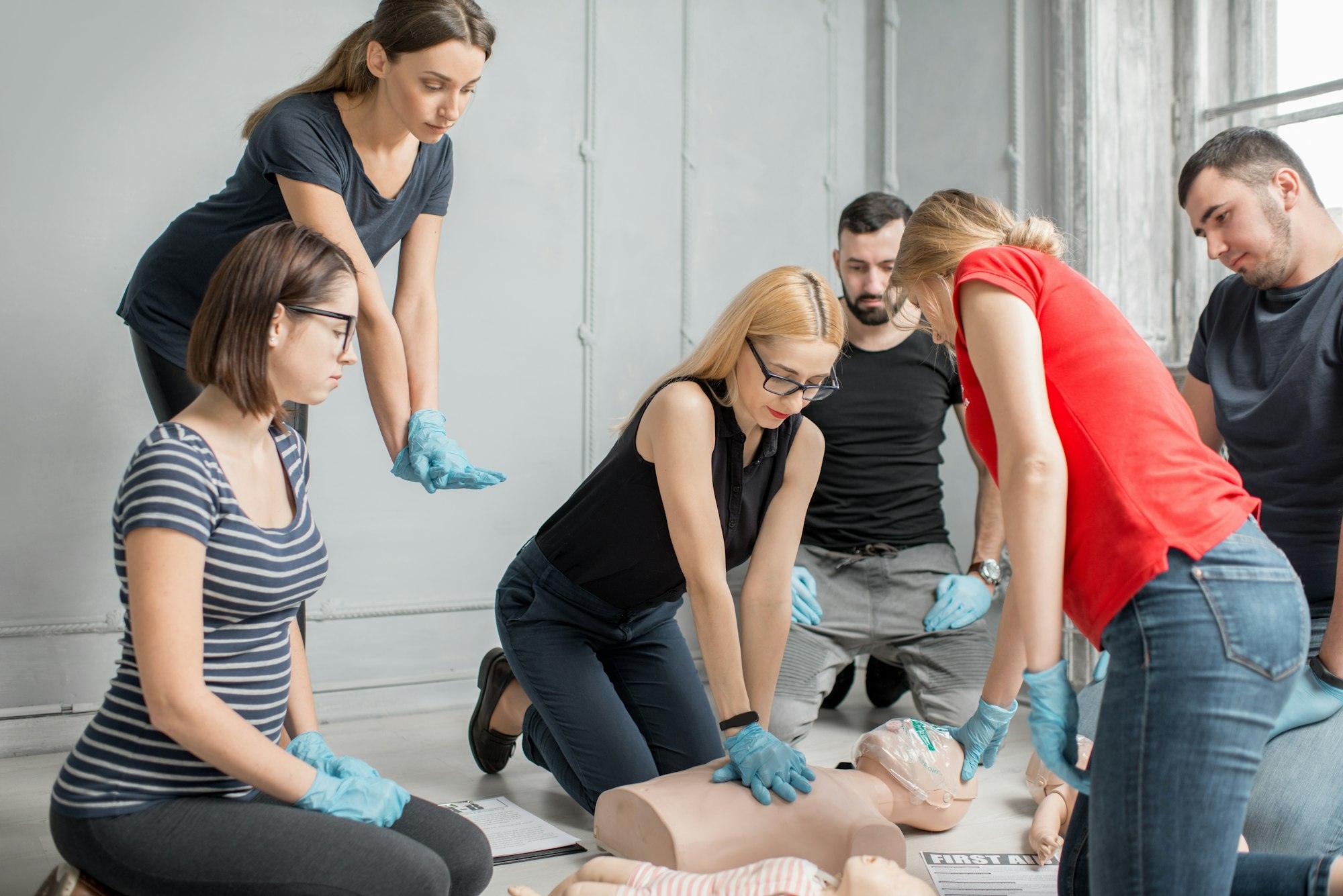First Aid Courses Near Me. SMARTT North East Ltd, who are an approved centre for the delivery of RQF Level 2 and Level 3 First Aid Training Qualifications.
Our team of highly experienced trainers are mainly ex service personnel and are fully qualified with expertise and experience not only in emergency first aid but battle and combat first aid.
What are the aims of First Aid?
The aims of first aid can be known as the 3 P’s
- Preserve Life – This is the immediate, effective first aid given to a casualty to save life
- Prevent Worsening – Been able to recognise and treat the injury caused will help assist with preventing the injury from worsening
- Promote Recovery – This is the ongoing treatment and support given to the casualty until the arrival of qualified medical assistance

Do you need consent to help someone?
There is an over belief that a person that is requires help actually wants the help – but in some cases this is not true.
Before you start to direct first aid, the individual needs to give their permission or consent.
Therefore, before commencing any kind of treatment, the emergency first-aider or responder should ask for consent from the casualty in order to treatment them.
Not is always the casualty responsive due to their injuries and is unable to give consent, therefore you can assume consent is given to go ahead with treatment.
What are the responsibilities of the First Aider at work?
The responsibilities of the emergency first-aider will be dependent on specific workplace requirements.
Responsibilities could include:
- Ensuring the first-aid equipment is in order and ready to use
- Arriving at the scene
- Ensuring the scene is safe
- Contacting the Emergency Services
- Prioritise treatment of multiple casualties
- Clearing up after an incident
- Incident reporting and recording
What are 10 items in a first aid kit?
There are many items you can have in a first aid box at work, but here are the most populist 10
- latex free gloves
- Eye Protection.
- CPR Face Shield.
- Tourniquet.
- Gauze Pads.
- Hypoallergenic Plasters.
- Surgical Tape.
- Triangular Bandages.
- Eye Wash
- Contents List.
Should eye wash equipment be in a First Aid box?
If no running main tap water is available, then at least a litre of sterile water or sterile saline. Should be present and in an approve suitable eye wash bottle or container.
The container should be at least:
- Safely secured
- Ideally mounted onto wall if possible
- It should be located in next to the first aid kit.
What do you need to do when you arriving at the scene of an incident?
- When arriving at the scene, always try to remain as calm as possible.
- Take control of the situation as there will be people milling around and – through no fault of their own – becoming a hindrance rather than a help. Learn more at First Aid Courses Near Me
- Conduct a scene survey, this will be covered in full later on in the course.
- Before approaching the casualty ensure your own safety, that of bystanders and others who may be in the vicinity.
- gain as much info about the events as possible from bystanders and the casualty.
- With the information gathered in order to inform the Emergency Services when they arrive.
First Aid at Work Courses Near Me
Contacting the Emergency Services
The first-aider should establish the procedure for calling the Emergency Services from their workplace (i.e. is there a direct line out or do you have to go through a switchboard?).
It will either be the first-aider or a bystander that contacts the Emergency Services.
As well as 999 the European Union (EU) emergency number 112 is also in operation.
Once you call the Emergency Services, you will be asked “what emergency contacts are you needing?”
At this point if there is a requirement for Police, Fire or Ambulance or a combination then you can state what the requirement is. Inform the Emergency Services of the exact location of the incident, including full address and postcode. Inform them of the nature of the incident (what happened and how), the number of casualties involved and the extent of their injuries (what their actual or suspected injuries are).
First Aid Courses Near Me – How to minimise transmitting infections?
It is important that as a first-aider you do not transmit infections to the casualty or indeed contract infections from them. To assist in minimising the risk of infection and cross-contamination there are various precautions that can be taken such as:
- Having good personal hygiene – ensuring that your own personal hygiene is at a high standard at all times.
- Ensuring that barrier devices are used – when dealing with any casualty, ensure that you wear disposable gloves and use face shields.
- Covering any open cuts or sores – if you have any open cuts or sores, ensure that these are covered with a dressing.
- Decreasing touching blood or bodily fluids – if possible, avoid direct contact with any blood or bodily fluids.
- Changing gloves between casualties – if possible, try to change gloves between casualties so that blood and bodily fluids are not passed from one casualty to another.
- Cleaning both hands fully once you have taken off your gloves – after dealing with a casualty, even when wearing gloves, hands must be thoroughly washed.
What are barrier devices in First Aid?

Barrier devices are essential equipment and help to eradicate the spread of infection and cross-contamination. Barrier devices, as their name suggests, place a barrier between the first-aider and the casualty
Barrier devices include:
- Nitrile powder-free gloves
- Face shields
- Pocket masks.
Our guarantee to you is we ‘Will’ beat any genuine written quote.
For further details on any of ourFirst Aid Courses Near Me, please contact us or we can arrange to call you back and discuss your requirements
Please feel free to check out our FREE resources in our course library here










